Shocking Evolution: A Manawatū History of Electrical Safety from Fuses to Smart RCDs
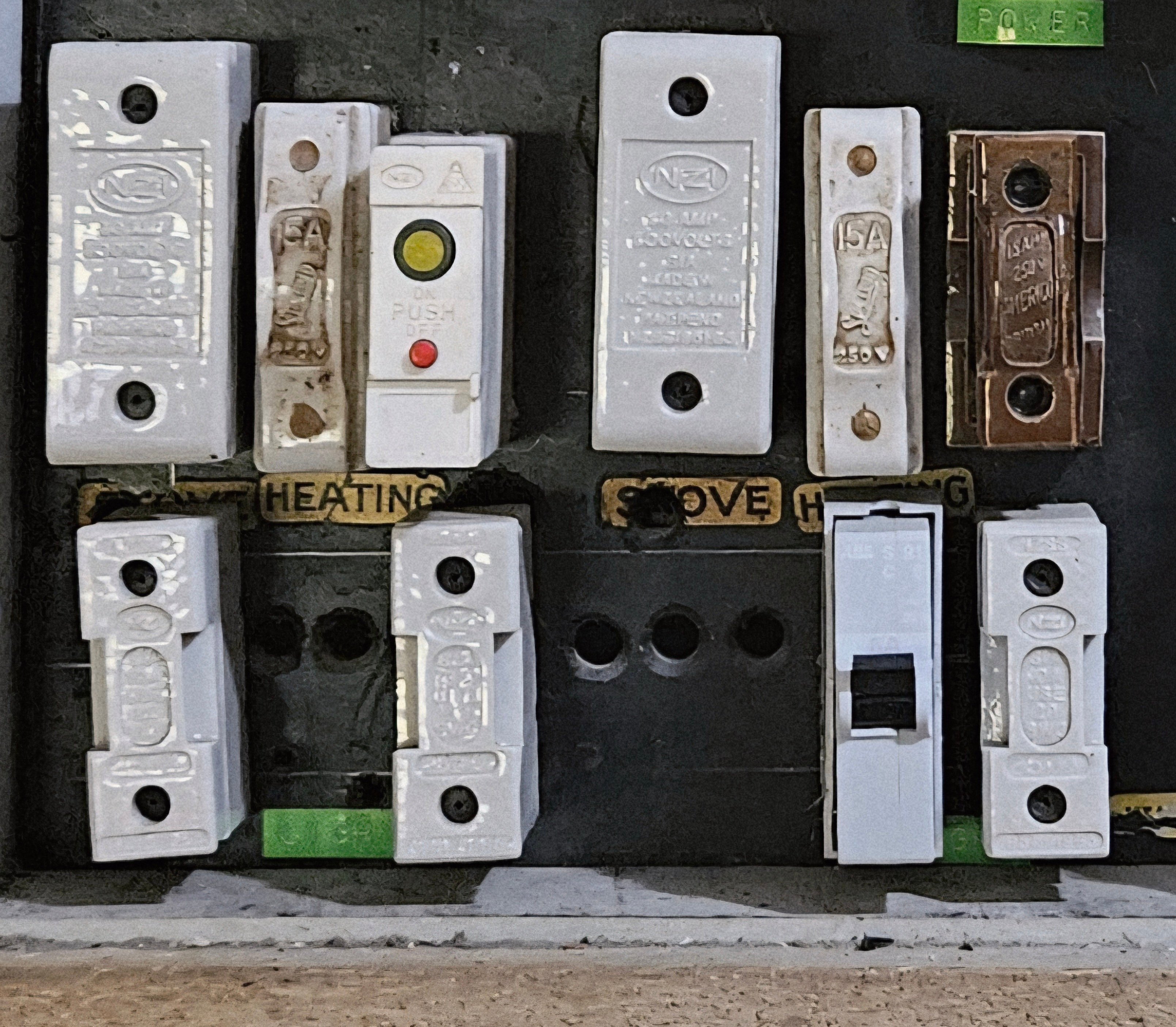
It all starts with a click and a hum.
For generations, that sound from the grey box on the wall was just part of the background noise of home. But behind those switches lies a remarkable evolution—a journey from basic function to intelligent safety that's fundamentally changed how we protect our homes.
That evolution is a fascinating piece of Kiwi history. It's the story of how we went from technology that just stopped your wires from catching fire to technology that's designed to prevent you from being electrocuted.
This story matters because your home's electrical system has its own history. Understanding its chapter is how you ensure the next one is the safest and most efficient yet.
Looking back at the limitations of old technology is the most effective way to appreciate the life-saving certainty of the new.
c. 1930s - 1960s:
The Dolly Fuse: A Nod to Nostalgia (And a Nudge to Upgrade).
If your Palmerston North home was built before the 1960s, you might still have a memory of this: the lights go out, and someone heads to the switchboard with a piece of thin, tinfoil-like wire. This was the age of the rewireable fuse.
- How it worked: Each circuit had a ceramic fuse holder. Inside, a piece of fuse wire was the weak link. If too much current flowed, the wire would melt—"blow"—and break the circuit to prevent a fire.
- The Problem? Where do we start? They were infuriatingly slow to respond, offered no protection against electric shock, and every time one blew, you had to fiddle in the dark to replace the wire. Many a Kiwi dad kept a spool of fuse wire in the shed! If your Fitzherbert or West End home still has these, it's not a vintage feature; it's a safety hazard.
c. 1960s - 1980s:
The Circuit Breaker – A Flip of Convenience
By the 70s and 80s, as Hokowhitu and Awapuni suburbs grew, a new hero emerged: the circuit breaker.
This was a massive leap forward. No more fuse wire! When a circuit overloaded, you’d just flip a switch back on. Simple.
- The Improvement: Circuit breakers are brilliant at protecting your wires from overheating and causing a fire. They are a critical piece of safety equipment.
- The Catch (and it's a big one): They still don't specifically protect you. A circuit breaker is designed to stop a cable from carrying 100 amps when it's only rated for 20. It is not sensitive enough to stop a small, deadly current (as little as 30 milliamps!) from flowing through a person to earth. This was a massive upgrade for preventing electrical fires. However, it offered a false sense of security, doing nothing to protect a person from a lethal electric shock.. They will save your house from a fire but won't necessarily save you from a shock.
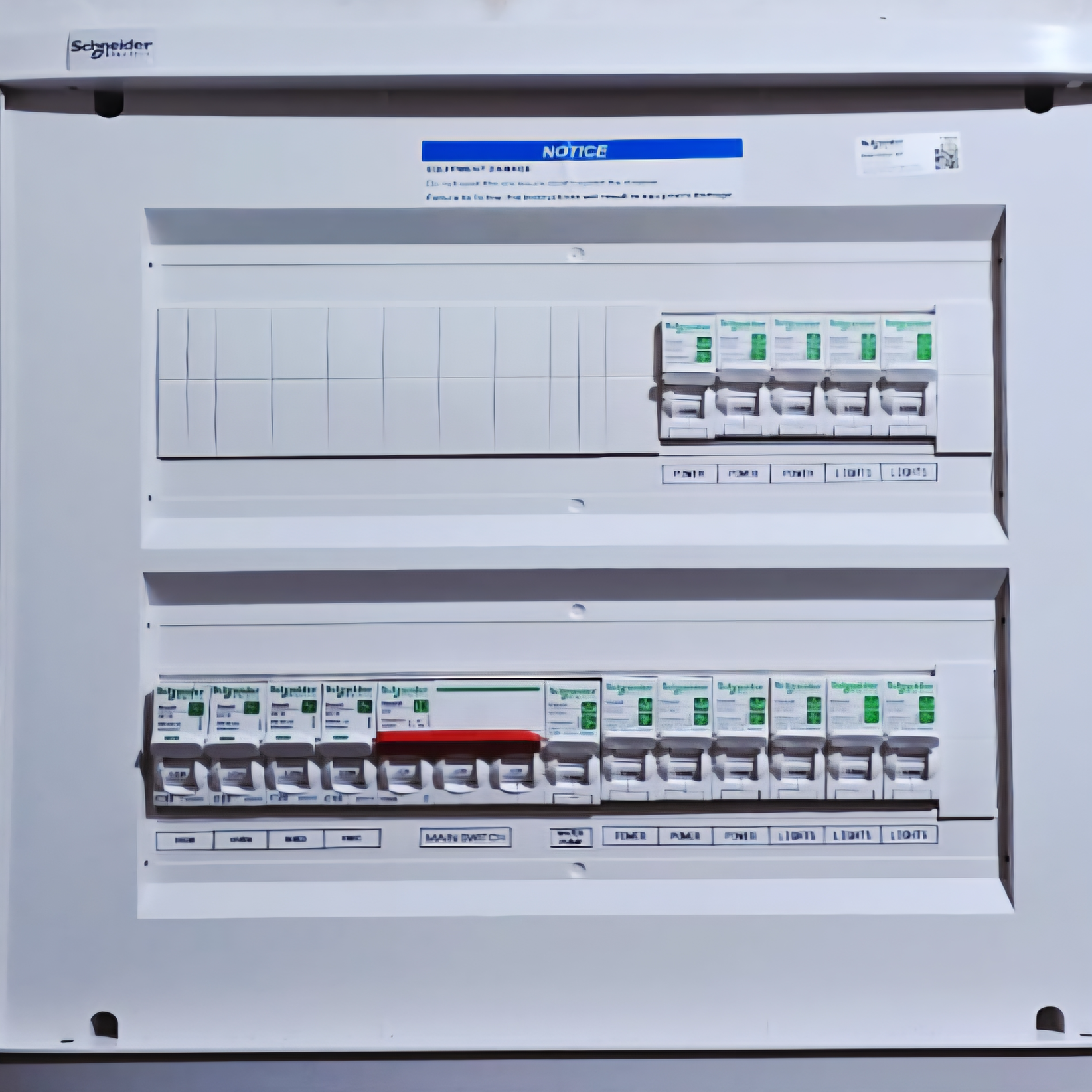
c. 1980s - 2000s: The RCD – The Silent Lifesaver Arrives
This period marked a true paradigm shift in thinking—from property protection to life protection. The Residual Current Device (RCD), or 'safety switch', became the new benchmark for safety.
- The 'Brain': The RCD is clever. It constantly compares current flowing out and back. If it detects a tiny leak (as little as 30 milliamps!), it cuts power in milliseconds—far faster than the fatal effect on a heart.
- The Standard: This life-saving technology is now mandated in NZ for all new homes and renovations.

c. 2000s - Present: The Smart Switchboard – Your Home's Electrical Brain
The evolution continues today, and it's one that's highly relevant for modern Palmerston North. We've entered the era of the smart switchboard. Now, your home's electrical heart doesn't just react; it communicates, analyses, and protects on a whole new level.
This isn't just a gadget for early adopters; it's a practical upgrade for Manawatū families. Here’s what this means for you:
- Proactive Safety: Receive an instant alert on your phone if a safety device like an RCD trips while you're at work or on holiday. No more coming home to a defrosted freezer or wondering how long a critical circuit has been down.
- Take Control of Your Power Bill: Our winters are cold, and heating is expensive. A smart switchboard lets you monitor your energy consumption in real-time from an app, identifying exactly which appliances are the energy hogs so you can make informed decisions to save money.
- Future-Proofing Your Home: As Palmerston North embraces more EVs, solar power, and home batteries, a smart switchboard is the essential hub that manages it all efficiently and safely, ensuring your system isn't overloaded.
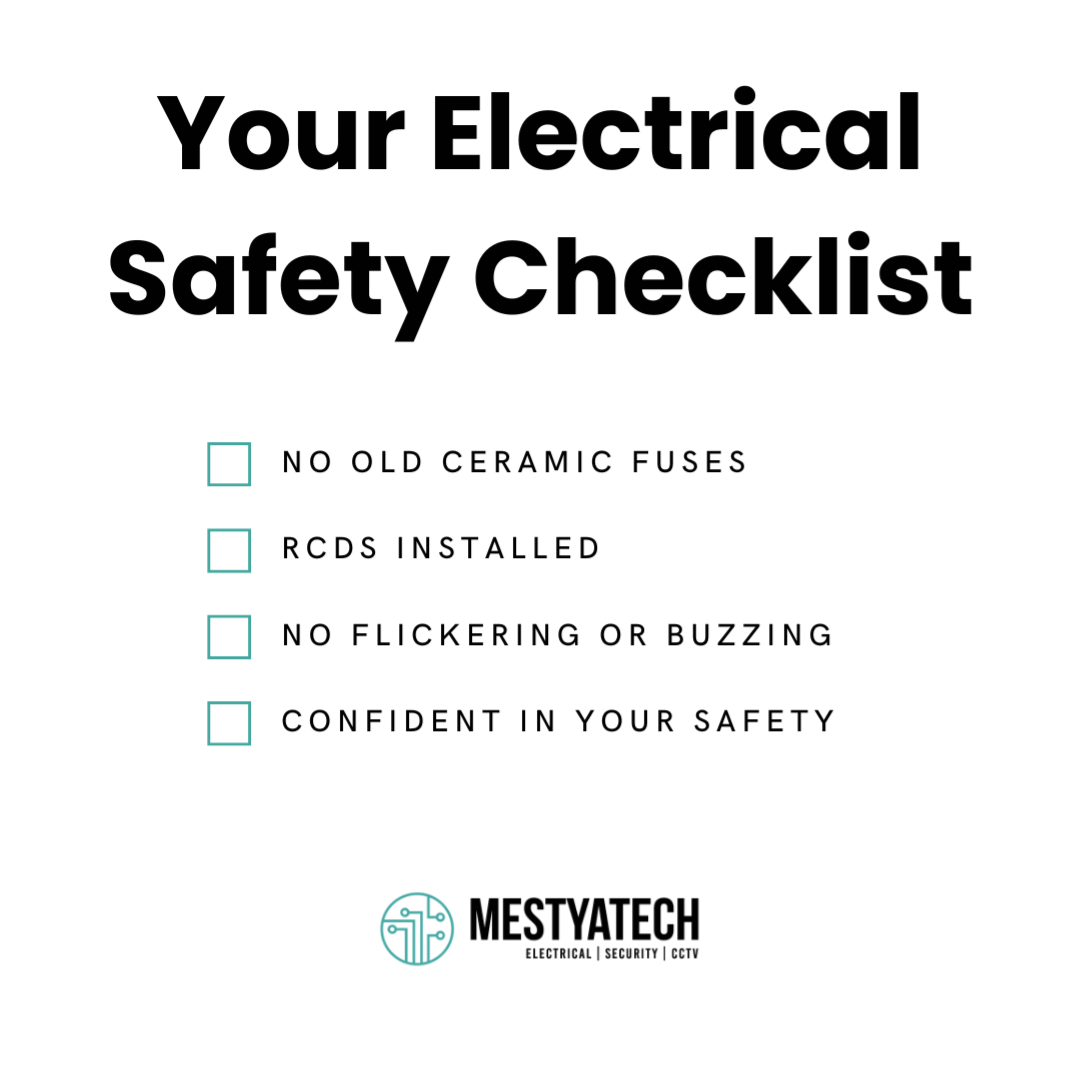
So, how does your home measure up?
If you're not sure about every item on that checklist, or if you know your system is a relic of the past, we're here to help with clear, honest advice.
Let's get you some answers. Book a Switchboard Health Check with us, and we'll give you the clarity and peace of mind you deserve.
Protect your peace of mind. Protect your whānau.
— The MestyaTech Team | Your Local Palmerston North Electrical Safety Experts.
Bonus: A Blast from Manawatū's Electrical Past
If you enjoyed this trip down memory lane, we thought you'd get a kick out of these photos we uncovered while researching this blog!
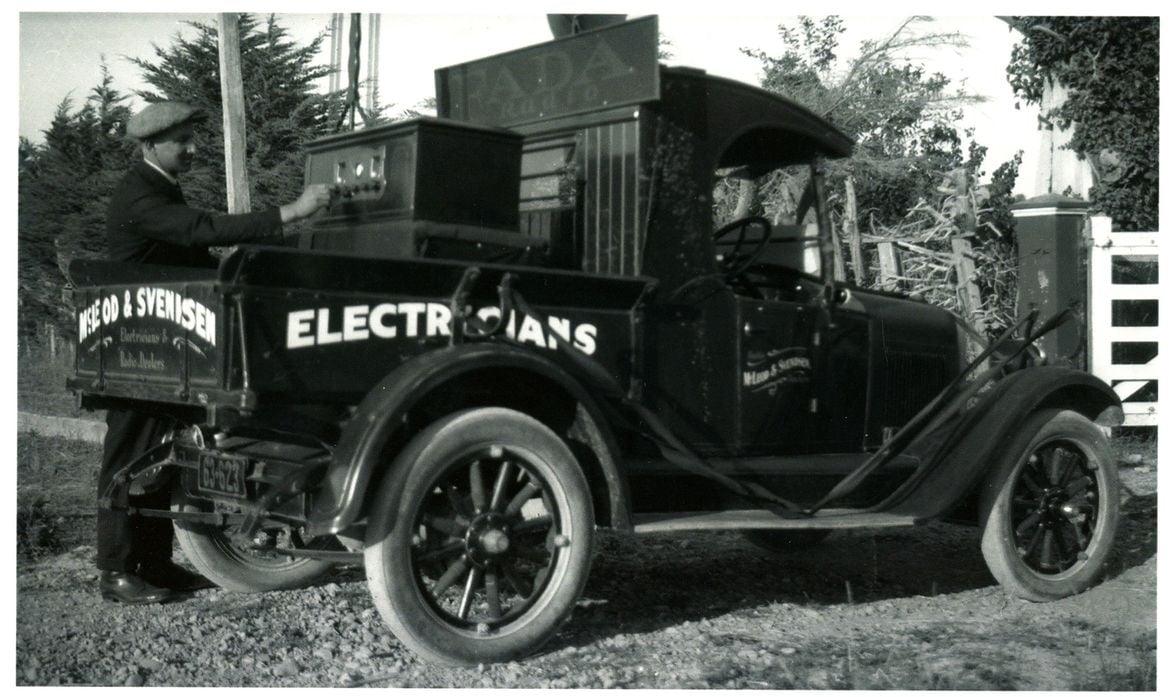
McLeod and Svendsen truck – Unknown, No Known Restrictions
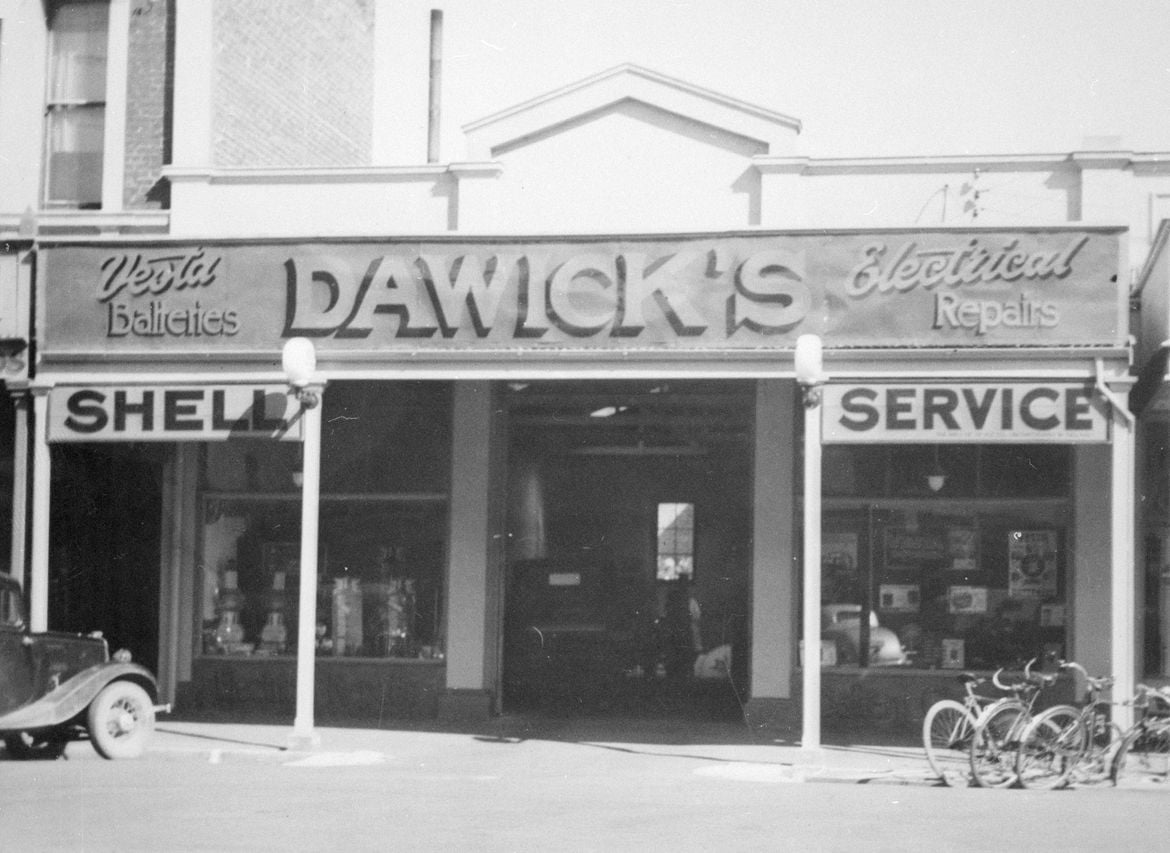
Dawick's Electrical Garage, Cuba Street – Snapshots Unlimited, No Known Restrictions, Palmerston North City Library
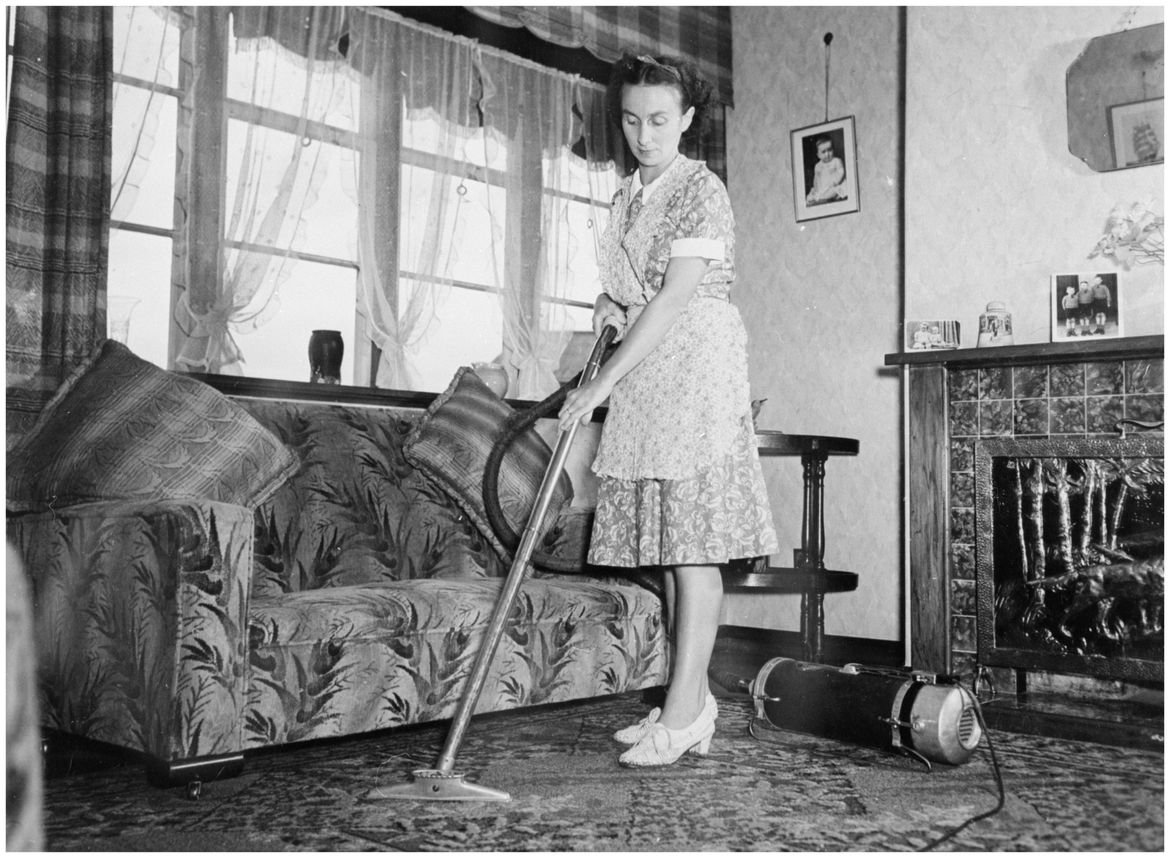
Evans Family Collection: Mrs. Evans vacuuming the living room, 5 Mansford Place - New Zealand Government, No known Restrictions, Palmerston North City Library